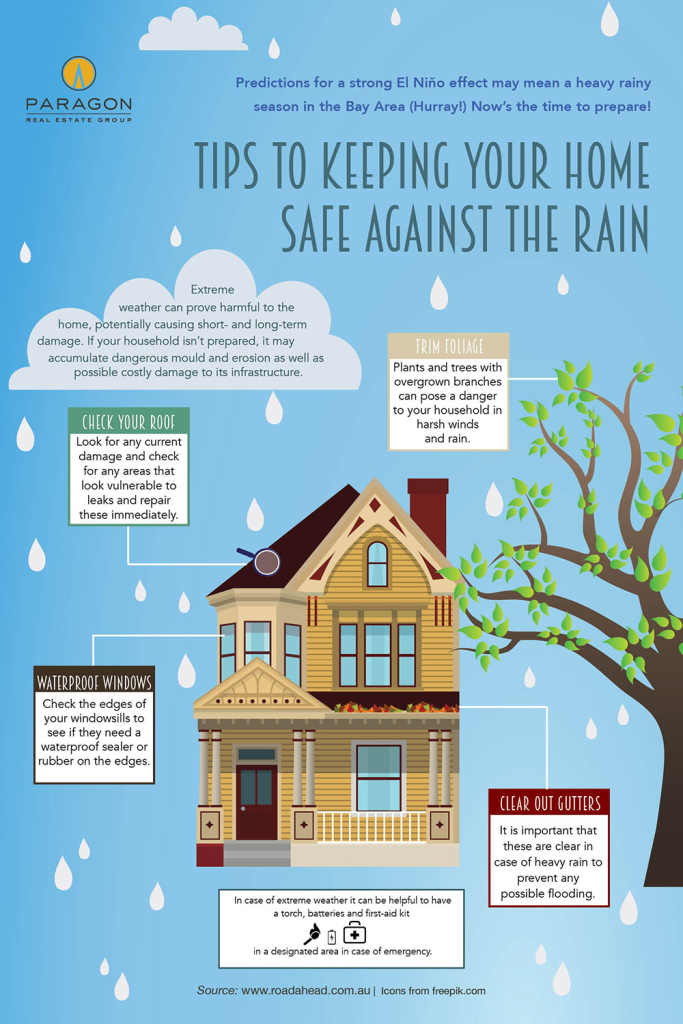Evaluating The Costs Of Solar Panel Setup: Is It A Smart Financial Move?
Evaluating The Costs Of Solar Panel Setup: Is It A Smart Financial Move?
Blog Article
Authored By-Gade McWilliams
When taking into consideration the prices of solar installment, you might question the upfront investment called for and whether it lines up with the prospective long-lasting benefits. Understanding the complexities of these costs and the different elements affecting the general return can shed light on the value recommendation of transitioning to solar energy. By examining both the initial arrangement costs and the projected cost savings over time, you can gain insight right into whether the investment in solar installment holds promise for your financial future.
Preliminary Arrangement Costs
When thinking about the costs of solar installment, the first arrangement expenditures play an important function in your decision-making process. visit the site in advance costs consist of the rate of photovoltaic panels, inverters, installing devices, and setup labor.
The rate of solar panels can differ relying on the brand name, effectiveness, and size you select. Inverters are important for converting the sun's energy right into useful electrical power and can be found in various kinds such as string inverters, microinverters, and power optimizers, each with its own cost ramifications.
Placing tools, such as shelfs and rails, is essential to securely mount photovoltaic panels on your roofing system or home.
diy solar panel installation covers the expert setup of the solar system, making sure that whatever is set up appropriately and efficiently. Keep in mind that while these preliminary configuration expenses might seem high, there are often rebates, tax rewards, and financing choices readily available to help offset the prices and make solar setup more affordable in the future.
Long-Term Cost Savings Analysis
To understand the financial advantages of solar installation gradually, it's important to carry out an extensive long-lasting savings analysis. While https://www.arlnow.com/2022/08/31/solar-panels-are-rising-in-arlington-thanks-to-a-county-program-and-federal-incentives/ of photovoltaic panels might seem challenging, the long-term cost savings can surpass these costs significantly. By using the power of the sun to create electricity for your home, you can possibly save thousands of bucks on your energy bills over the life expectancy of your solar system.
One of the vital aspects to think about in a lasting cost savings analysis is the decrease in your electrical energy bills. With photovoltaic panels, you can produce your electricity, minimizing or even removing your reliance on the grid. This can cause significant cost savings, specifically as energy prices continue to rise.
Furthermore, many federal governments provide rewards such as tax obligation credit scores and discounts for installing solar panels, further boosting your lasting cost savings. By taking advantage of these motivations and maximizing your solar power production, you can delight in substantial economic advantages for many years to find.
Return on Investment Estimation
Taking into consideration the financial benefits of solar installation, it's time to analyze the Roi (ROI) estimation. Establishing the ROI involves comparing the total costs of installing a solar system with the economic advantages it produces over its life expectancy.
To calculate ROI, separate the web benefit from the system by the complete financial investment expense and increase by 100 to get a portion. The ROI formula is: (Net Earnings/ Total Investment Expense) x 100.
For example, if the complete expense of setting up a solar system is $20,000, and over its life-span, it produces cost savings and incomes completing $30,000, the web profit would be $10,000. Splitting this by the complete investment price of $20,000 provides a ratio of 0.5. Multiplying this by 100 gives an ROI of 50%.
Generally, a higher ROI indicates an extra economically gratifying financial investment. Variables like federal government incentives, upkeep costs, and power cost fluctuations can influence the ROI of solar setups. Understanding the ROI assists in evaluating whether buying solar energy deserves it over time.
Conclusion
Finally, understanding the costs of solar installment is critical for determining if it is worth the investment. By thinking about preliminary arrangement costs, carrying out a lasting savings analysis, and determining the roi, you can make an educated decision about the financial value of solar power. With the capacity for lowered utility expenses and raised power self-reliance, buying solar installment can be a clever selection for both your wallet and the environment.
